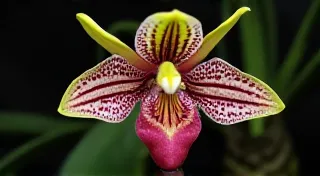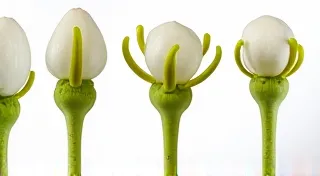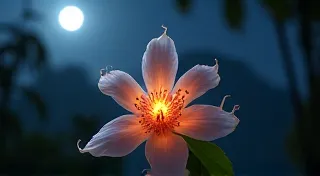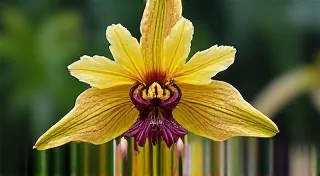Orchid Habitat Preferences: How Environment Influences Identification
Identifying rare and unusual orchids can be a wonderfully rewarding, yet often challenging endeavor. While flower shape, leaf structure, and root type are all critical clues, neglecting the orchid’s habitat can significantly hinder the identification process. Where an orchid grows tells a story, providing invaluable clues about its species and even its evolutionary history. This article explores how understanding habitat preferences can sharpen your orchid identification skills.
The Importance of Location, Location, Location
Orchids, belonging to the family Orchidaceae, boast incredible diversity and occupy a wide range of environments across the globe. However, each species, or even subspecies, thrives best within a specific set of conditions. Recognizing these preferences is a crucial step in narrowing down potential identifications. Consider these factors:
Altitude: Climbing to New Heights (or Staying Low)
Altitude plays a significant role in orchid distribution. Many rare orchids are epiphytes, growing on trees in mountainous regions. These species are often adapted to cooler temperatures, higher humidity, and intense sunlight exposure. Conversely, some orchids flourish in low-lying areas, preferring warmer temperatures and more sheltered conditions. Knowing the general altitude range where a particular orchid is known to grow can eliminate many possibilities.
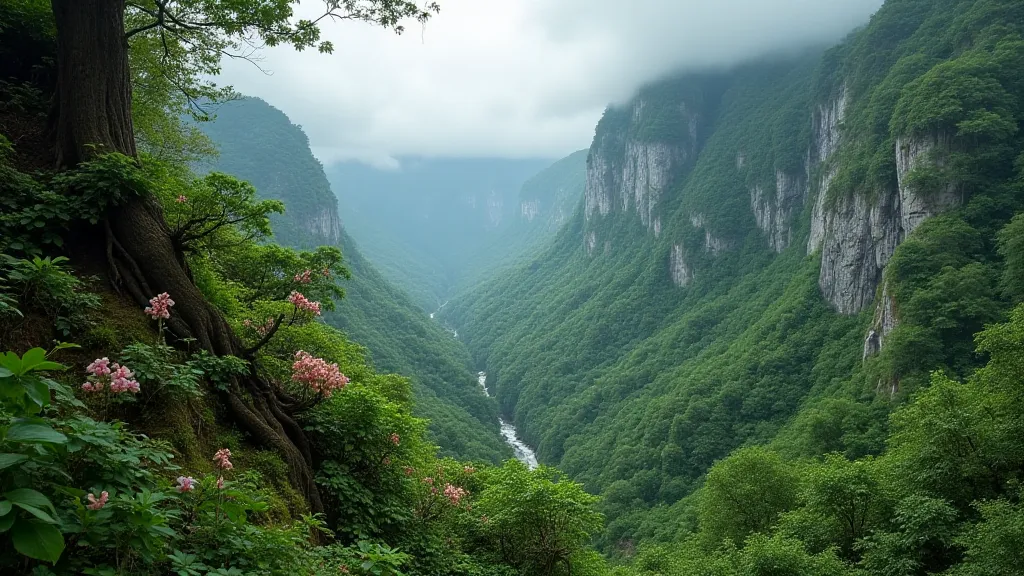
Humidity: Moisture is Key
Orchids, generally speaking, require significant moisture. However, the *type* of moisture varies. Some orchids thrive in consistently damp, humid environments like rainforests, while others are more tolerant of drier conditions. Observe the overall humidity of the area where you find the orchid – is it a dripping rainforest or a comparatively drier forest edge?
Substrate: Rooted in the Environment
The substrate – the material the orchid is growing on – provides essential information. Are the orchids:
- Epiphytes: Growing on the bark of trees, utilizing the tree for support and access to sunlight, not parasitizing it. This is incredibly common with many rare orchids.
- Lithophytes: Growing on rocks, often in crevices where moisture collects.
- Terrestrials: Growing in the ground, amongst other plants.
The specific type of tree bark (e.g., old-growth mahogany versus younger, smoother trees) can even be a distinguishing factor for epiphytic orchids.
Light Exposure: Sun or Shade?
Orchids exhibit a wide range of light preferences. Some demand direct sunlight, while others thrive in dappled shade or deep shadow. Assess the amount of sunlight reaching the orchid's location throughout the day. Is it exposed to intense morning sun, shaded by the canopy, or consistently in shadow?
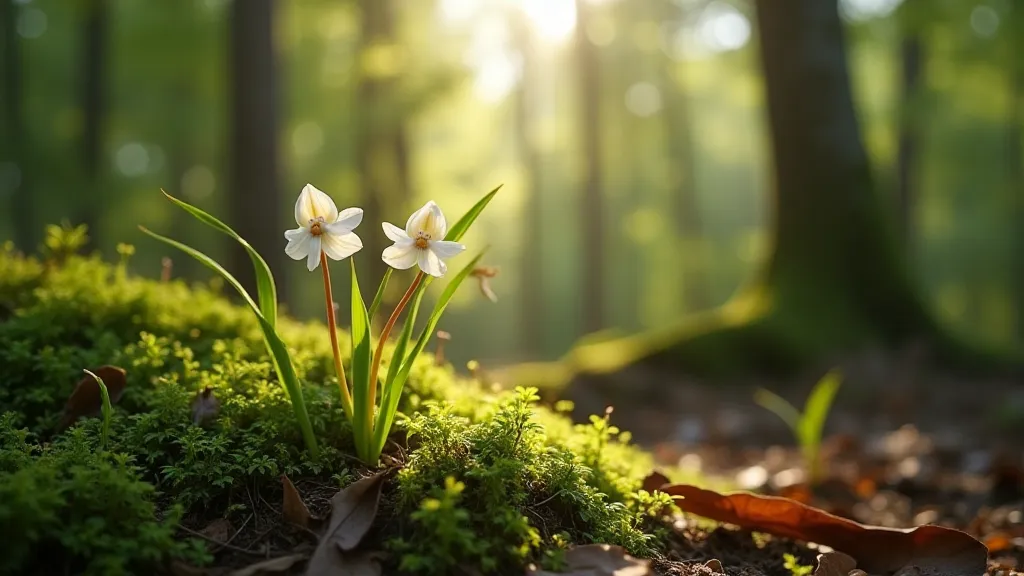
Combining Habitat Clues with Morphology
Habitat information isn't a standalone identification key. It serves as a powerful filter when combined with morphological observations (flower shape, leaf characteristics, root structure). For example, if you find a rare orchid growing as an epiphyte high in a humid mountain forest, you can significantly narrow your search to species known to inhabit those specific conditions.
Resources and Further Exploration
Field guides, botanical databases, and online forums dedicated to orchid identification are invaluable resources. Many resources provide detailed information about the habitat preferences of various orchid species. Don’t hesitate to consult with experienced orchid enthusiasts and botanists for assistance.
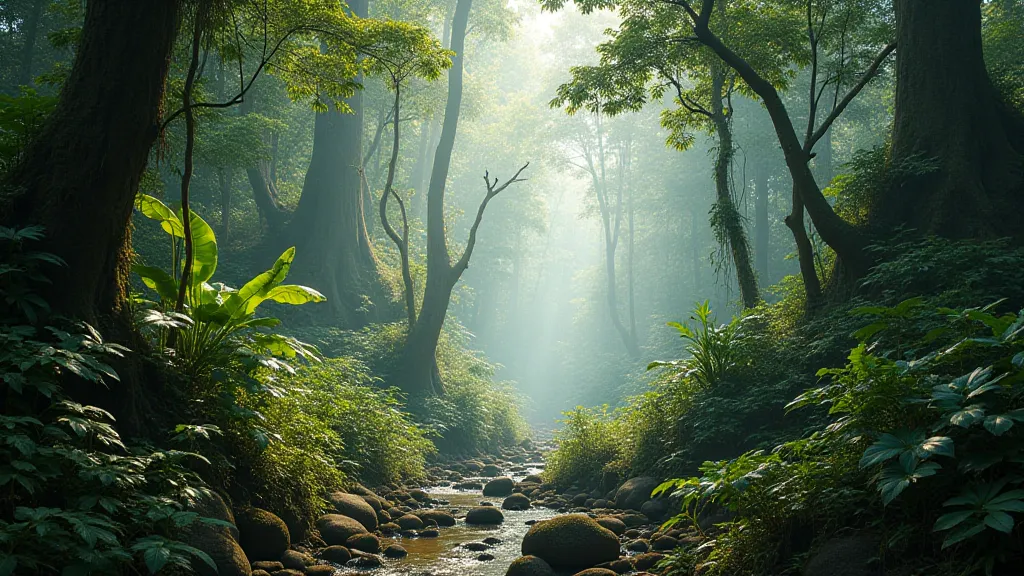
Conclusion
Mastering orchid identification is a journey of continuous learning and observation. By paying close attention to the environment in which an orchid grows, you can enhance your identification skills and deepen your appreciation for these fascinating plants. Remember to combine habitat clues with morphological characteristics for the most accurate and informed identification.
